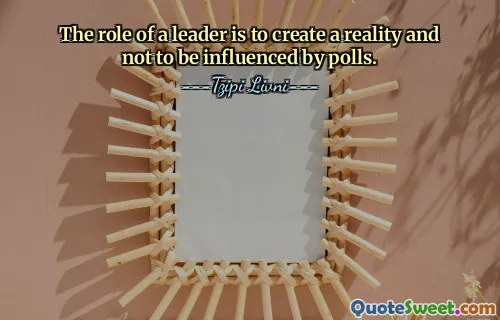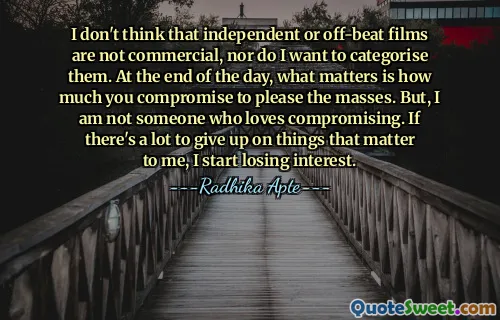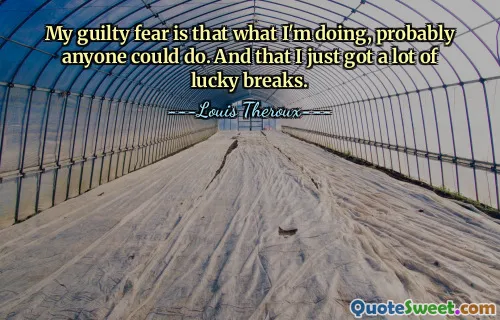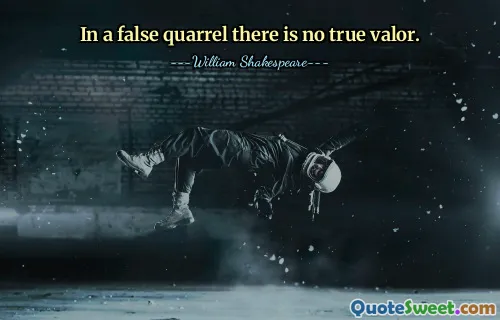
It was a fear that disappeared once the action started, to be replaced by the mad bloodlust that was sometimes called courage.
This quote captures the complex and often contradictory nature of human emotions during moments of high stress and confrontation. The transformation from fear to what is described as "mad bloodlust" underlines how quickly our emotional state can shift when we are thrust into action. The phrase "mad bloodlust that was sometimes called courage" suggests an intriguing ambiguity: what is commonly celebrated as bravery may, in some instances, be a frenzied, almost uncontrollable urge driven by adrenaline and primal instincts rather than calm valor. This raises questions about our understanding of courage—do we truly appreciate the mental and emotional turbulence behind it, or do we simply see the outcome, missing the chaotic fight or flight response that precedes it?
Moreover, the quote emphasizes how fear is not a permanent state but a transient response that diminishes with engagement. This transition highlights a critical theme in human behavior related to facing challenges — often, the anticipation is the most debilitating phase, while the act itself can sometimes liberate the individual from inhibitions. It also suggests a thin line between fear and bravery, perhaps proposing that courage is not the absence of fear, but the transformation of fear into something else.
In the broader context of personal growth and conflict, this quote encourages reflection on the emotions we experience when we confront adversity. It challenges traditional perceptions of courage and invites us to acknowledge the raw, sometimes chaotic emotions that fuel our actions. Recognizing this duality can deepen our empathy for others' struggles and help us understand ourselves better in moments of crisis.







